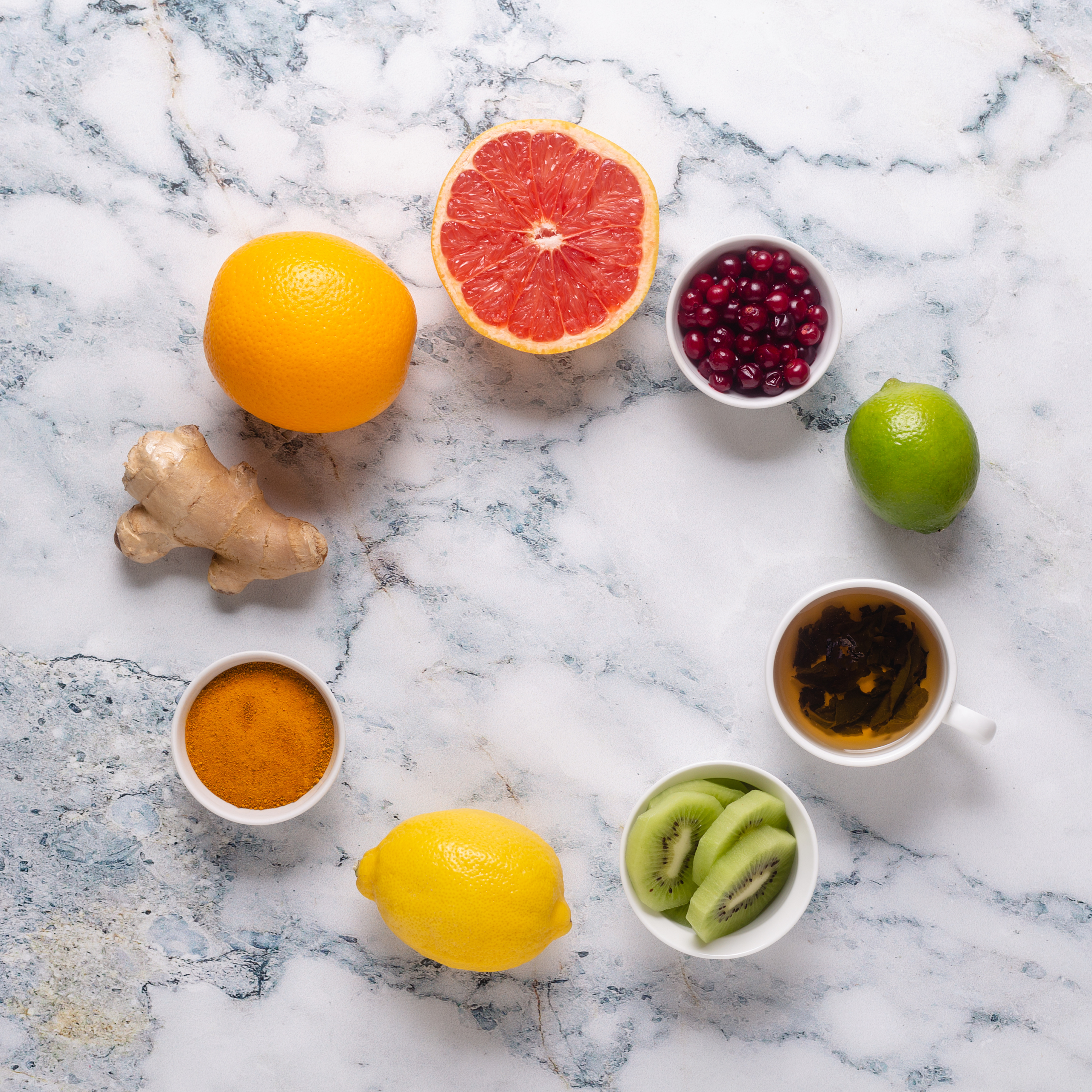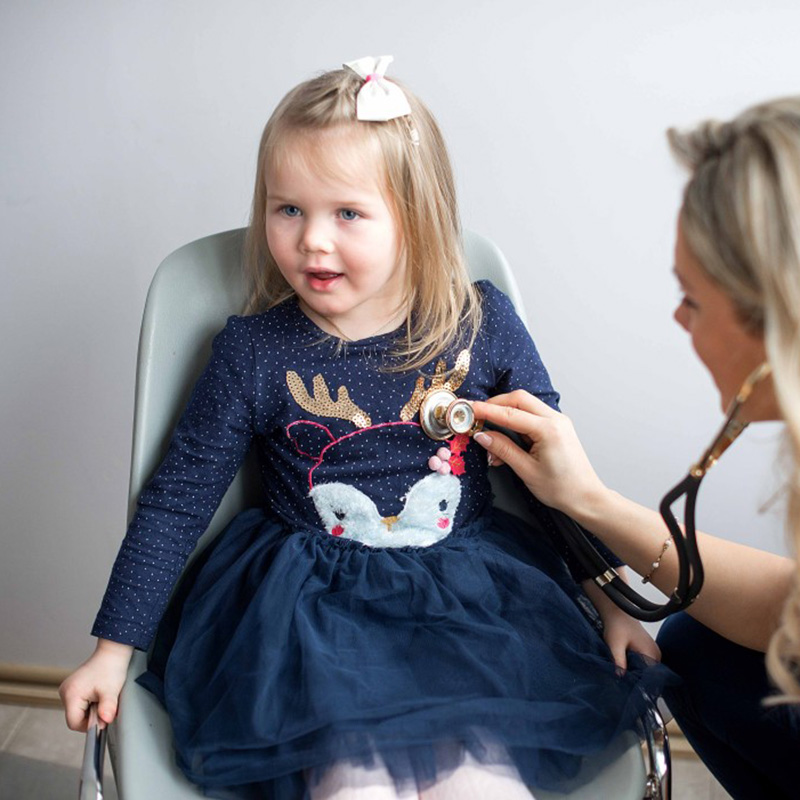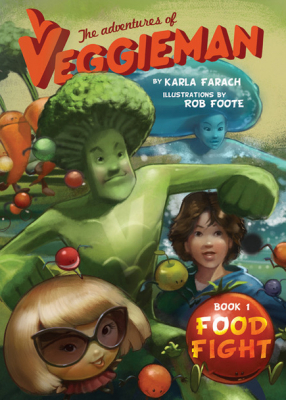
When you’re putting meals and snacks together for your children, are you thinking about helping them get plenty of antioxidants? They’re like nutritional superheroes, helping protect our brain, heart, and more.
If you want to boost the likelihood of your kids enjoying and benefiting from antioxidant-rich foods when they’re grown up, start them on that path now. With a little know-how and easy strategies, increasing your family’s antioxidant intake can be a fun and flavorful adventure.
What Are Antioxidants?
Antioxidants are compounds that stabilize free radicals (pro-oxidants). Those are “villains” that can damage the body’s cells and tissues over time.
We can’t avoid free radicals. They are created during important everyday processes, like making energy from the food we eat and exercising. Free radicals also come from exposure to air pollution, ultraviolet rays (such as from the sun or tanning beds), junk food, cigarette smoke, pesticides, and other toxins.
To be healthy, children (and all of us) need a balance between pro-oxidants and antioxidants in the body. When that balance is upset, oxidative stress and damage can happen. Following an antioxidant-rich eating plan helps keep this threat in check.
The majority of natural antioxidants in our diet are from plants, such as vegetables, fruits, nuts, and seeds. Some vitamins, including C and E, are antioxidants. And certain minerals, including selenium and zinc, help antioxidant enzymes in the body to work. Many of the colorful pigments in vegetables, fruits, and other plant foods are also antioxidants.
If you’ve ever dipped apple or banana slices in citrus juice to keep them from turning brown as quickly, you were slowing oxidative damage to the fruit. That’s a simplified way of explaining to kids how antioxidants can protect their body.
How Antioxidants Help Children
Antioxidants are involved in the healthy physical and mental development of children, which is vital as they’re growing rapidly. Plus, some diseases that involve oxidative stress can start in childhood, including heart disease, diabetes, and cancer.
In addition, feeding kids plenty of antioxidant-rich foods could help:
- Support the immune system — Antioxidants help regulate oxidative stress and inflammation in the immune system. That helps immune cells function normally. Poor nutrition in children, including not getting enough antioxidant vitamins in their eating plan, increases the risk of infections.
- Decrease risk of allergies — Childhood allergies have become increasingly common over the past few decades. Antioxidants may help reduce the risk of children developing allergies by protecting against oxidative tissue damage and supporting the normal function of the immune system.
- Reduce risk of asthma — Asthma is one of the most prevalent diseases in childhood, and it is on the rise. Antioxidants help protect the airways and lungs from free radical damage and inflammation, such as from pollutants. In a study of 2,023 boys and girls ages 9 to 10 in Greece, the higher their antioxidant intake, the lower their risk of developing asthma.
- Aid brain function — Some kids really struggle to sit still and stay focused, such as in school. Though many factors are involved, increased oxidative stress and immune dysfunction in the brain can play a role. Eating plenty of natural antioxidants in foods helps support healthy brain function in children.
- Promote healthy weight — A shift toward unhealthy eating habits, including low intake of antioxidant-rich vegetables and fruits, is linked with a higher risk of childhood obesity. In a study of children ages 7 to 10, those with the highest overall intake of antioxidants had a 53% reduced likelihood of being overweight, compared to children with the lowest intake.
- Boost heart health — Early signs of cardiovascular disease, including dysfunction of the lining of arteries, can start in childhood. Kids with obesity and lower antioxidant levels have a higher risk of early heart disease. Foods high in antioxidants, including vegetables and fruits, can help protect against heart disease.
These are just some of the many ways antioxidants may help children’s health. Scientists continue to learn more about these nutritional superstars.
Boosting Your Children’s Antioxidant Intake
Keeping our plates colorful is the secret to powering up with antioxidants. The hues of plant-based foods hint at the antioxidants they contain, as many of them are naturally pigmented.
There are thousands of different food antioxidants. They can interact and have synergistic benefits with other antioxidants and nutrients in foods to help keep kids healthy. Getting antioxidants from whole foods rather than dietary supplements helps ensure children get all the beneficial components of the foods.
Encourage your kids to “eat the rainbow” every day. Here’s a small sampling of the many antioxidants in naturally colorful foods:
-
- Red = lycopene. Supporting heart health is one of lycopene’s many benefits. You’ll find it in tomatoes, strawberries, pink grapefruit, and watermelon. Though tomatoes are a well-known source of the antioxidant, watermelon is almost 40% higher in lycopene than tomatoes. For a twist, try watermelon grilled or frozen.
- Orange = carotenoids. These eye-protective antioxidants are found in vegetables like carrots, bell peppers, sweet potatoes, winter squash, and pumpkin. Plus, almost all fruits contain carotenoids, including goji berries, apricots, mangoes, and cantaloupe. Pair mini bell peppers with hummus for a simple, carotenoid-rich snack.
- Yellow = flavonoids. Quercetin is probably one of the best-known flavonoids and has powerful anti-inflammatory and antioxidant actions. Quercetin and other flavonoids are found in onions, lettuce, citrus fruit, and apples. Olives also contain quercetin and other flavonoids. Kids can have fun dipping warm crusty bread in extra-virgin olive oil.
- Green = sulforaphane. You can’t go wrong with green veggies, especially cruciferous ones like broccoli, Brussels sprouts, cabbage, kohlrabi, and kale. They pack a lot of sulforaphane, an antioxidant that supports healthy immune system function and detoxification of everyday toxins. Slice some kohlrabi and send it in your child’s lunch with their favorite dip.
- Blue/Purple = anthocyanins. They’re found in red cabbage, blue corn, berries, cherries, red grapes, pomegranates, and plums. Try using some of these colorful fruits in homemade popsicles or smoothies. A preliminary study of healthy 7- to 10-year-olds found that consuming a wild blueberry drink daily for a month boosted their brain speed and focus, compared to a placebo drink.
Many “white” and “brown” foods also contribute antioxidants. For example, white onions (as well as other colors of onions) contain N-acetylcysteine (NAC). Our body can convert NAC to glutathione, which is one of our most potent antioxidants. Glutathione is important for healthy immune function and is a powerful detoxifier.
Dark chocolate, nuts, tea, and legumes like chickpeas are some “brown” foods that are a rich source of antioxidants, including flavonoids. Gradually train your children’s tastebuds so they prefer dark chocolate — the darker the chocolate, the more antioxidants. For a fun treat, use some dark chocolate chips in No-Bake Chocolate Chia Seeds Bites.
Tracking and Trying New Antioxidant-Rich Foods
To inspire your kids to eat more “colors,” give them crayons, markers, or small stickers depicting the colors of the rainbow, plus brown and white (or gray). Each time they eat a naturally colored plant food, have them mark it on a daily calendar with a tally mark or sticker that’s the same color as the food they ate. (Adults should try this, too!)
Over time, have kids look back on their calendar to see which colors of foods they’re doing a good job of getting regularly, as well as the ones they’re not routinely getting. Talk about what foods they could eat to get more of the colors they’re low on. Have fun together finding new recipes and ways to prepare the items.
You’ll find many colorful and yummy antioxidant-rich recipes under our “Cook” tab. Enjoy!










